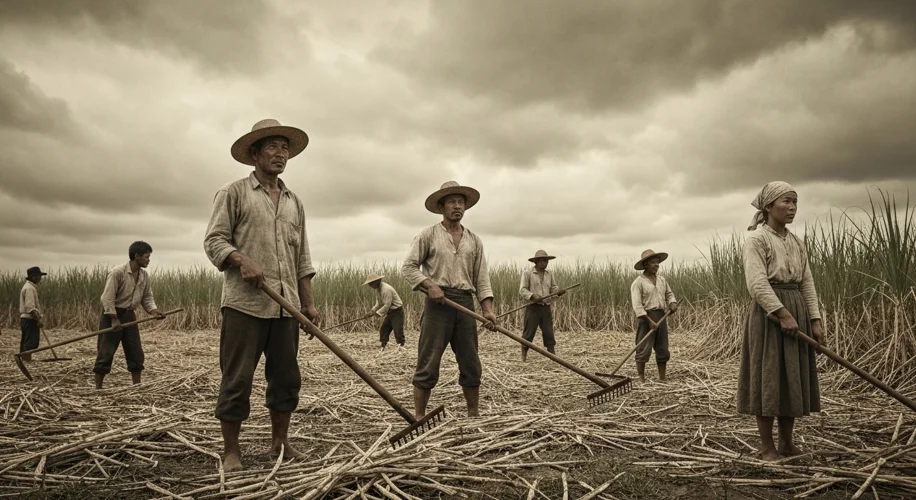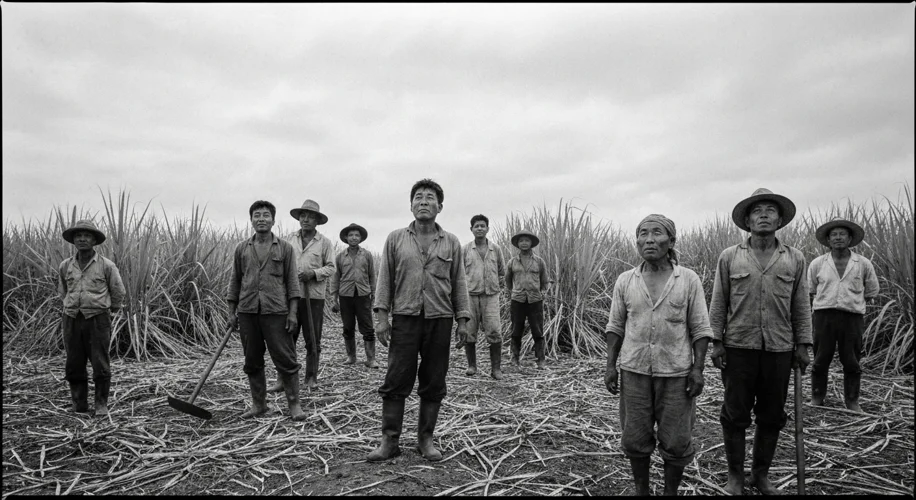The history of Korean workers in the United States is a complex tapestry woven with threads of opportunity, exploitation, and the persistent echoes of historical injustices. While often overshadowed by other immigration narratives, the experiences of Korean laborers, particularly in the late 19th and early 20th centuries, reveal a compelling story of delayed returns, economic hardship, and the significant influence of political figures on labor and immigration policies.
In the nascent years of Korean immigration to America, many arrived with the expectation of a relatively swift return home after accumulating wealth. The Korean Peninsula, under the oppressive thumb of Japanese rule from 1910 to 1945, made such returns fraught with peril and, for many, impossible. This era, known as the Iljinhoe (Pro-Japanese Collaborationist Association) period, cast a long shadow over Korean nationals abroad, creating a complex geopolitical reality for those seeking a better life or participating in independence movements.
Consider the story of the Korean contract laborers who were brought to Hawaii to work on sugar plantations. Arriving in the early 1900s, these individuals often faced harsh working conditions, low wages, and a profound sense of displacement. The initial agreements often stipulated a return passage, but the political turmoil in Korea, coupled with the economic realities of plantation life, meant that many found themselves stranded, their dreams of returning home deferred indefinitely. The Japanese government, asserting control over Korea, often complicated any attempts at repatriation, viewing Korean laborers as subjects of its empire.

This period also saw the rise of influential political figures who shaped the discourse around labor and immigration. For instance, figures like Syngman Rhee, who would later become the first President of South Korea, were active in the Korean diaspora during this time. Rhee and other independence activists worked tirelessly to garner international support for Korea’s liberation and often utilized the presence of Korean laborers in America as a testament to their nation’s plight. Their advocacy, however, was complex. While aiming for national independence, their interactions with American labor unions and political factions sometimes put them at odds with broader labor movements, particularly those that were already facing their own struggles with discrimination.
The influence of political maneuvering on immigration policy was palpable. As labor needs in the U.S. shifted, and as anti-immigrant sentiments waxed and waned, policies were enacted that directly impacted Korean workers. The Chinese Exclusion Act of 1882, for example, while targeting Chinese laborers, had a ripple effect, setting precedents for discriminatory immigration practices that would later be applied, directly or indirectly, to other Asian groups, including Koreans. The Gentlemen’s Agreement of 1907 between the U.S. and Japan, which limited Japanese emigration to the U.S., also inadvertently affected Koreans, as Japanese authorities controlled emigration from Korea at the time.
Furthermore, the concept of “delayed returns” extended beyond mere physical impossibility. For many, the prolonged absence from their homeland, coupled with the challenges of assimilation and discrimination in the U.S., created a form of cultural captivity. They were often caught between two worlds, neither fully belonging to the land they left behind nor fully accepted in the land they had adopted. This created a unique set of psychological and social challenges, passed down through generations.
The legacy of this era is one of resilience and quiet struggle. The Korean laborers who navigated these turbulent times laid the groundwork for future Korean immigration to the United States. Their experiences, often unheralded, serve as a crucial reminder of the human cost of geopolitical shifts and the enduring impact of political decisions on the lives of ordinary people. Understanding their story is not just about recounting past hardships; it’s about recognizing the intricate historical forces that shaped the Korean American community and the broader landscape of American labor history.
Today, as we reflect on September 11, 2025, the echoes of these past struggles resonate. The complex relationship between nations, labor, and migration continues to evolve, and the stories of those who came before us offer invaluable lessons in empathy, historical understanding, and the ongoing pursuit of justice.

